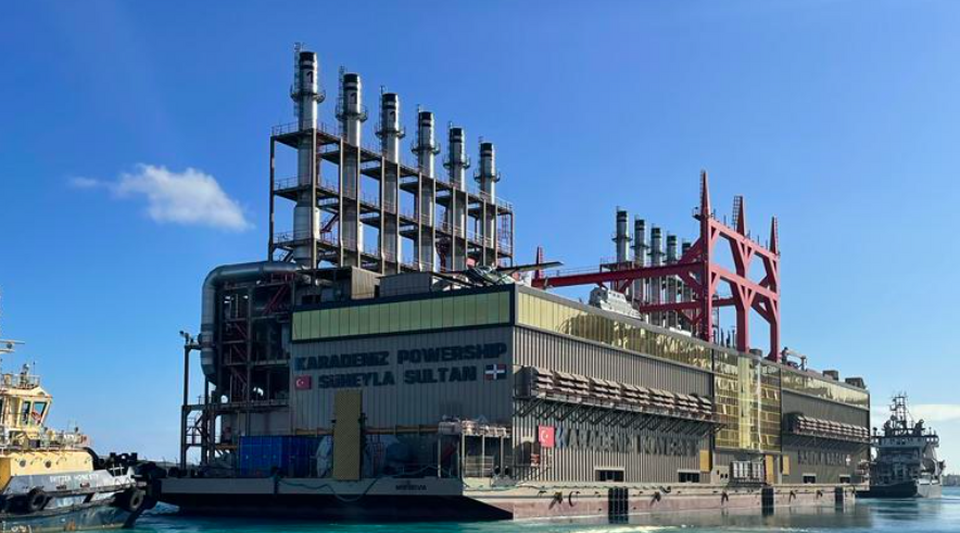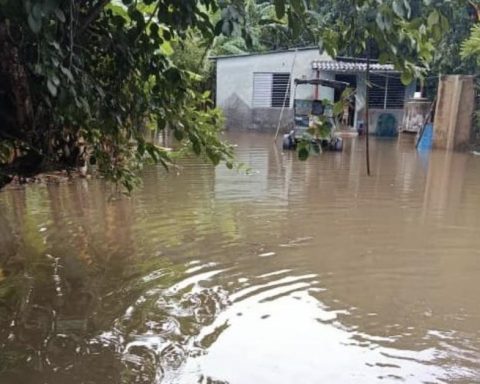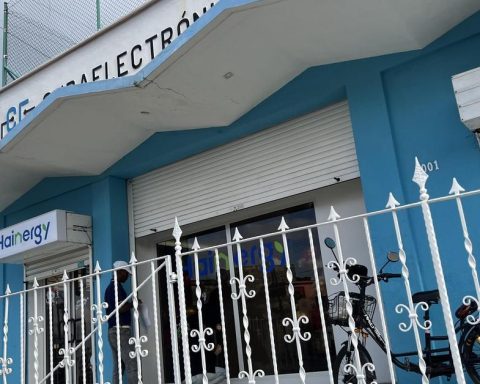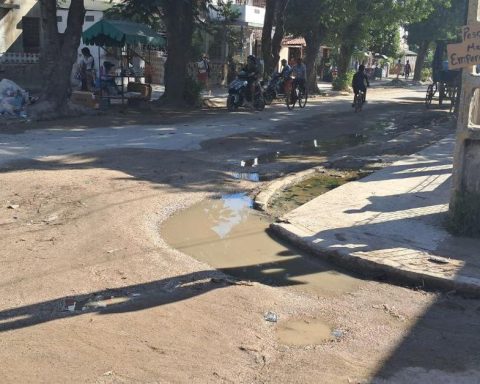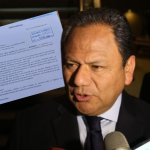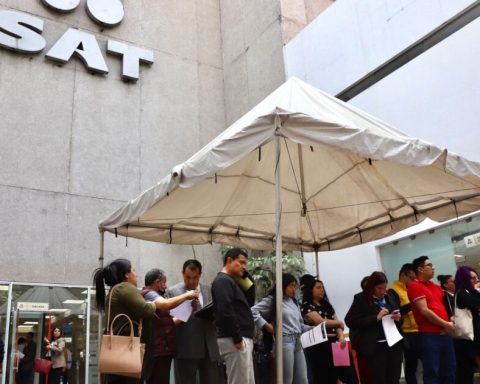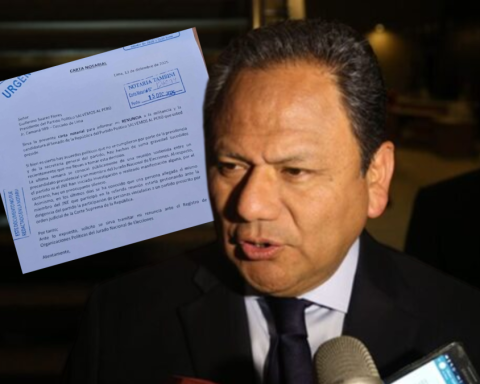A new Turkish floating power plant, the suheyla sultanarrived in Havana this Wednesday to “reinforce” the capacities of the National Electric System (SEN), in the words of the Ministry of Energy and Mines. The Karadeniz Powership company vessel, which joins seven others already on the Island, is gigantic this time, and has a small plane on the upper deck.
She alone has a generation capacity of 240 megawatts, while the others, distributed between the port of Mariel and Havana, together have a generation of 500 MW.
Its arrival coincides with the rise in blackouts in various regions of the Island of up to six hours, far from the government’s promise Cuban that they would be “brief” and focused.
The previous floating plant that arrived on the Island, the irem sultandid so in November of last year, days before Miguel Díaz-Canel’s presidential tour to several countries, including Turkey, in a desperate search for new support to alleviate the energy crisis the island is experiencing. This worsened during the first half of 2022 due to the shutdown of thermoelectric plants due to breaks in their obsolete infrastructure or due to scheduled maintenance.
The previous floating plant that arrived on the Island, the ‘Irem Sultan’, did so in November of last year, days before Miguel Díaz-Canel’s presidential tour to several countries
The official newspaper cubadebate points that the energy produced by these floating plants compensates the production losses caused by the maintenance of the thermoelectric plants, in addition to replacing diesel, “one of the most expensive fuels in generation” by fuel oil, much cheaper.
Karadeniz Powership describes itself as a “pioneer group” in power projects and the first private exporter of electricity in Turkey, with operations since 1996. According to a review in its official website, has an installed capacity of more than 3,500 megawatts and supplies power to several African countries, including The Gambia (80% of its electricity), Sierra Leone (80%) Ghana (26%), Mozambique (10%), and Sudan (10%). Also Indonesia (80%), Lebanon (25%) and southern Iraq (15%). All of them, third world countries to which, supposedly, Cuba does not belong.
cubadebate It acknowledges that the electrical system “still suffers from not a few tensions”, although “it presents a better situation than previous months” in reference to the last quarter of 2022, when blackouts lasted up to 12 hours. The cuts in service worsened in September, when the country was left in the dark after the scourge of Hurricane Ian in the west of the island, including Havana.
The interruptions in the power supply were significantly reduced last December, largely due to lower demand with the arrival of several cold fronts that left temperatures below average. However, Lázaro Guerra Hernández, technical director of the Unión Eléctrica (UNE), played down the effect of the weather and assured that the improvement in the service is due to several factors, among them, an “increased motivation of the workers of the sector” for a wage increase.
Also, added the official, the entry into operation of the Turkish patana that arrived in November, the collaboration of the Armed Forces and an improvement in the generation engines of Mariel and Moa contributed.
Far from the Government’s promise, the blackouts that occurred last week lasted up to six hours in different provinces
. The UNE explained that it was due to the lack of fuel for the distributed generation plants and recalled that the effects had been noticed since December, when the Minister of Energy and Mines, Vicente de la O Levy, announced that for the first months of the year They had several thermoelectric plants shut down for maintenance, in order to have them ready for the peak demand during the summer.
For its part, UNE assured that the supply capacity deficit this Wednesday lasted only 51 minutes, from 6:17 p.m. to 7:08 p.m., although some users in Havana reported to this newspaper the service cut in at dawn, in large areas of Nuevo Vedado and the municipality of Cerro.
For this Thursday, he pointed out in a report published on his networks, the service was not affected during the daytime, but a deficit of 24 MW is expected during the hour of maximum demand in the evening. The UNE explained that units 6 and 7 of the Mariel thermoelectric plant (Artemisa), 4 of Cienfuegos and 4 and 6 of Renté (Santiago de Cuba) are out of service.
In addition, the limitations on thermal generation are maintained for 262 MW, while 816 MW of distributed generation are not available due to breakdowns and 375 MW due to maintenance.
________________________
Collaborate with our work:
The team of 14ymedio He is committed to doing serious journalism that reflects the reality of deep Cuba. Thank you for accompanying us on this long road. We invite you to continue supporting us, but this time becoming a member of our newspaper. Together we can continue transforming journalism in Cuba.
